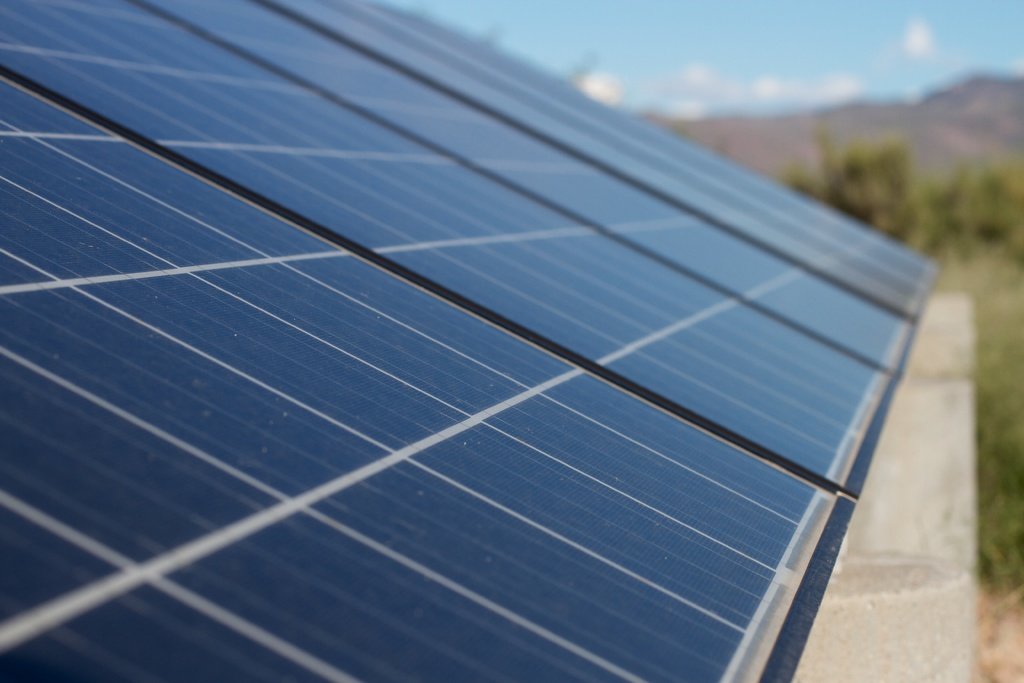Peking University AI Speeds Up Perovskite Solar Breakthroughs
Researchers at Peking University just flipped the script on solar R&D. Their AI-powered screening model cuts perovskite material testing from months to minutes—because let’s face it, sunlight waits for no one.
Why Perovskites Are the Solar Industry’s Gold Rush
You might’ve heard perovskites could hit 30% efficiency—nearly double today’s silicon panels. But testing each new chemical combo used to mean endless lab hours. Now, machine learning predicts performance before a single test tube gets dirty.
The AI Secret Sauce
The team fed their algorithm 20,000 simulated material structures. It spots promising candidates faster than a Tesla charges its battery, using patterns humans would miss. Think of it as Tinder for photovoltaics—swiping right on perfect molecular matches.
Real-World Impact Beyond the Lab
First Solar and JinkoSolar investors, take note. This isn’t academic vaporware. The model already identified three novel compositions with record potential. One absorbs 40% more infrared light—like giving solar panels night vision goggles.
But Can It Scale?
Some skeptics whisper perovskites degrade faster than ice cream in Phoenix. Fair point. That’s why the AI prioritizes stability metrics too. Early results show one candidate lasts 1,000 hours at 85°C—roughly your attic on a summer afternoon.
What This Means for Your Projects
Imagine quoting clients on 18%-efficient panels today, knowing 25% versions launch next quarter. Grid operators relying on Fronius inverters could see ROI windows shrink faster than polar ice caps. The future’s bright—and artificially intelligent.






